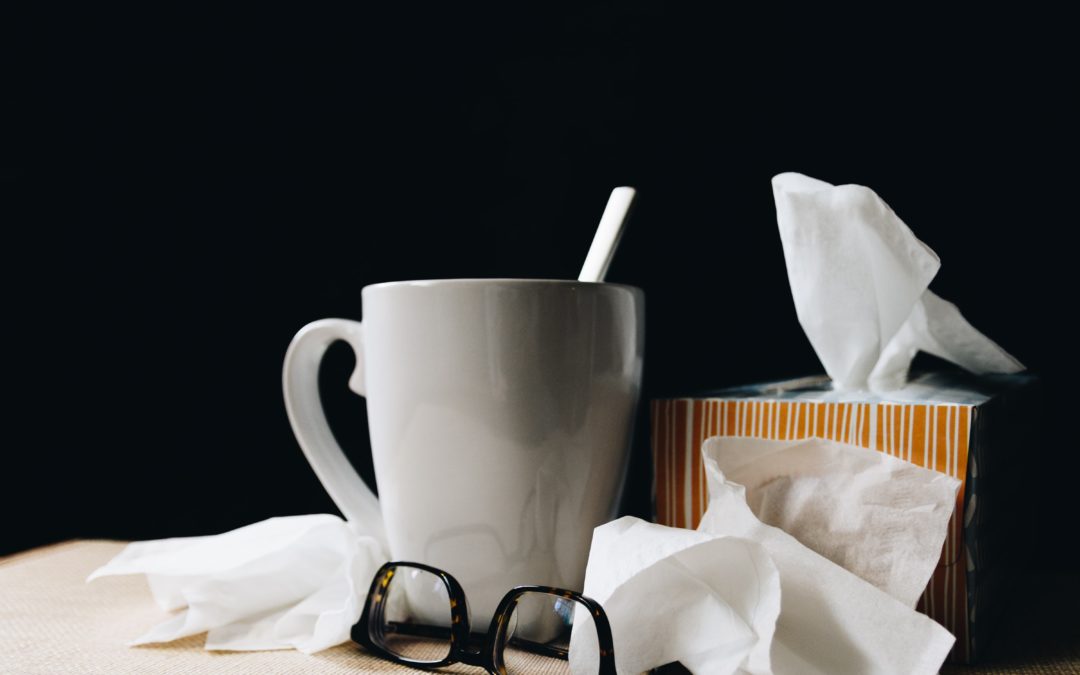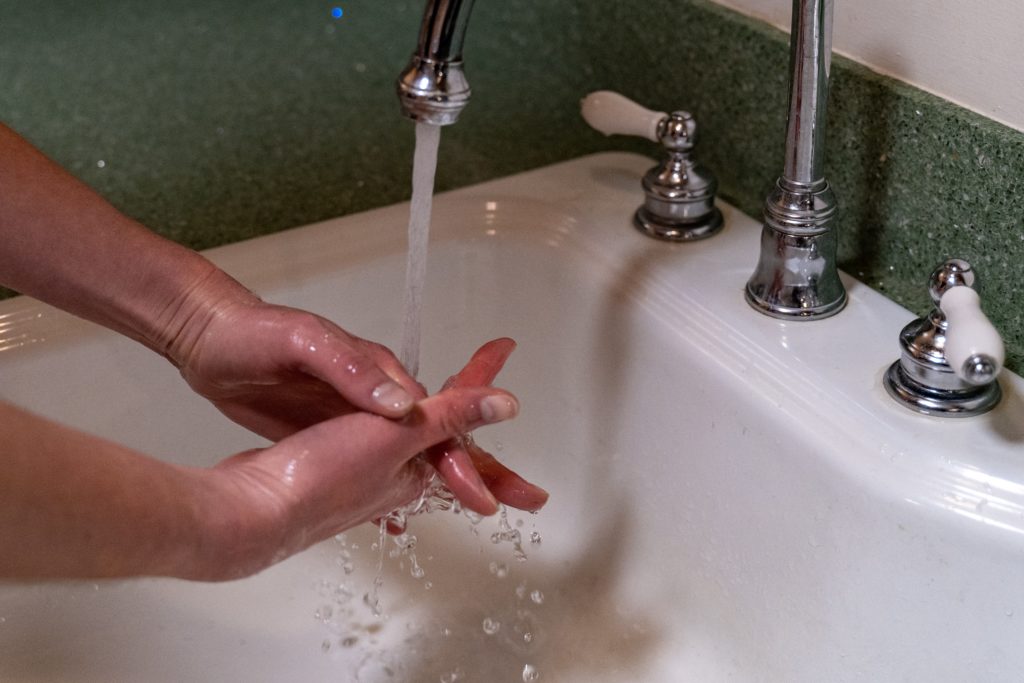Pandemics aren’t the only thing that require extensive cleaning. Follow these tips for cleaning after flu infections in the office.
You can most certainly bet that 2020 will be a year that is in history books around the world. Generations of students will read about how the world changed that year. In the cleaning industry, the world changed almost overnight. But even though we’ve heard a lot about coronavirus, we need to keep in mind that there are other illnesses out there that require deep cleaning, as well. After flu outbreaks, for example, you’ll want your cleaning staff to pay special attention to what they’re cleaning, how often, and how their actions can help prevent the spread of illness.
This certainly isn’t meant to downplay the seriousness of COVID-19. The virus made COVID office cleaning a hot topic across the world. But other infectious outbreaks can wreak havoc on an office building, too, from the H1N1 swine flu in 2009 to a common infection that many of us have forgotten about in the wake of COVID-19.
The “common” flu virus has been around a long time and usually comes in annual waves, most often between December and February in the US, though someone can become infected at any time. Just as with coronavirus, the flu is spread primarily through airborne droplets being inhaled or by someone coming into contact with those droplets on a surface. Cleaning after flu infections is one of the most effective ways to halt the spread, but because the particles containing the virus are usually microscopic, close attention is required to ensure an office has been cleaned thoroughly enough to be safe for other employees.
Manage your cleaning strategy and so much more with Janitorial Manager. Find out more about the great features we offer by scheduling a free demo today!
9 Tips to help you make sure that your office undergoes proper cleaning after flu outbreaks
1. Clean frequently
This one seems to go without saying, especially after the coronavirus outbreak. There’s no official guidance on how often to clean offices, but whether it’s flu season or not, we highly recommend cleaning staff come in at least once a day. (Several mini-cleanings of bathrooms and kitchens is also a good idea during the day.) You’ll want to be especially vigilant if cleaning after flu symptoms appear in your office.
2. Require gloves and handwashing
Studies show that handwashing significantly reduces the risk of transmitting disease-causing germs. Everyone should wash their hands regularly, but cleaning staff especially, as they are more likely to come into contact with dangerous germs and spread it around the office they are intending to clean, and it would be ideal to wear gloves.
3. Clean and disinfect
There’s a difference between cleaning and disinfecting. Put simply, cleaning removes germs while disinfecting kills them. A best practice is to clean first (you can use an all-purpose cleaner) and disinfect second. This way, many germs are removed from the surface so that disinfecting can be more effective. To maximize cleaning efforts, sanitize surfaces after cleaning and disinfecting to help prevent new germs from landing and living on high-touch surfaces.
4. Follow disinfectant instructions
Unfortunately, disinfecting isn’t very effective if you don’t follow the instructions. Most disinfectant cleaners, especially those approved by the Environmental Protection Agency (EPA), require more than just a few seconds on a surface to do their job. Expect to leave a disinfectant on a surface for 2 to 10 minutes before wiping away for proper disinfection. Make sure you and your cleaning staff read the product label and follow instructions for all the cleaning solutions you use.
5. Mind the details
Especially if you’re cleaning after the flu and other outbreaks, have your cleaning team take good care of the details. High-touch surfaces like keyboards, phones, elevator buttons, light switches, door handles, and countertops, among others, are hotbeds for germs and should be cleaned often even when an illness isn’t present. Germs also congregate in places like vents, window sills, and hard-to-reach surfaces like shelves. Be sure to include these areas in your cleaning plan and take the time to be thorough. A cleaning checklist may be helpful here to make sure no area is left untouched.
6. Improve ventilation
Since flu germs are most often airborne, it’s helpful to improve ventilation throughout the office. Open windows to bring fresh air into your building wherever you can. This is especially true when you’re vacuuming a room that’s been contaminated. Flu and other germs will sit on the floor, and vacuums kick up a lot of those germs, which then linger in the air, looking for a host. It’s also a best practice to empty an office or room of people before vacuuming to reduce the risk of transmission. It’s important to note that regular HVAC systems and air conditioning units aren’t a substitute for proper ventilation. In most cases, they won’t filter out contaminated particles and as a result, they may further distribute a virus.
7. Change PPE often
A trend we’ve seen with the coronavirus outbreak, and that fits well with practices for cleaning after flu outbreaks, is more constant disposal and replacement of personal protective equipment (PPE). Cleaning staff should change gloves every time they go into a new room or every 15 to 20 minutes. After disposing of the soiled PPE, the cleaning staff should wash their hands with soap and water before putting on new gloves. Using new PPE significantly reduces the spread of germs and will help to keep cleaning staff safe as well as enhance the safety of the office.
8. Implement a quality assurance practice
Most cleaning contractors will have some quality assurance practice in place, but if you plan to have an internal team clean instead, make sure you have a quality assurance practice established. If this sounds daunting, take advantage of available technology, like Janitorial Manager, that can help you create, maintain, and follow a QA policy. While it’s expected that professional cleaners will be thorough and meticulous, having a system of checks in place is an extra step you can take when you’re done cleaning after flu contamination.
9. Prevention is key
The best thing any office can do to reduce the spread of harmful germs is to focus on prevention. Ask sick employees to stay home from work to avoid infecting others. Make hand sanitizers and other cleaning products available to employees during the workday. Encourage people to wash their hands regularly and discourage sharing of high-touch items (like phones) and food and beverage. Train employees on proper cleaning techniques so those who want to can clean their areas whenever they choose during the day.
Finally, if you can, it’s becoming a popular employee benefit for companies to offer free flu vaccines each year. This simple, inexpensive measure helps you ensure that the flu doesn’t enter your workplace to begin with, which makes cleaning after flu outbreaks even easier.
Take charge of your cleaning services with Janitorial Manager where you can manage cleaning jobs, communicate with clients, and so much more. Schedule a free demo today to learn more!


